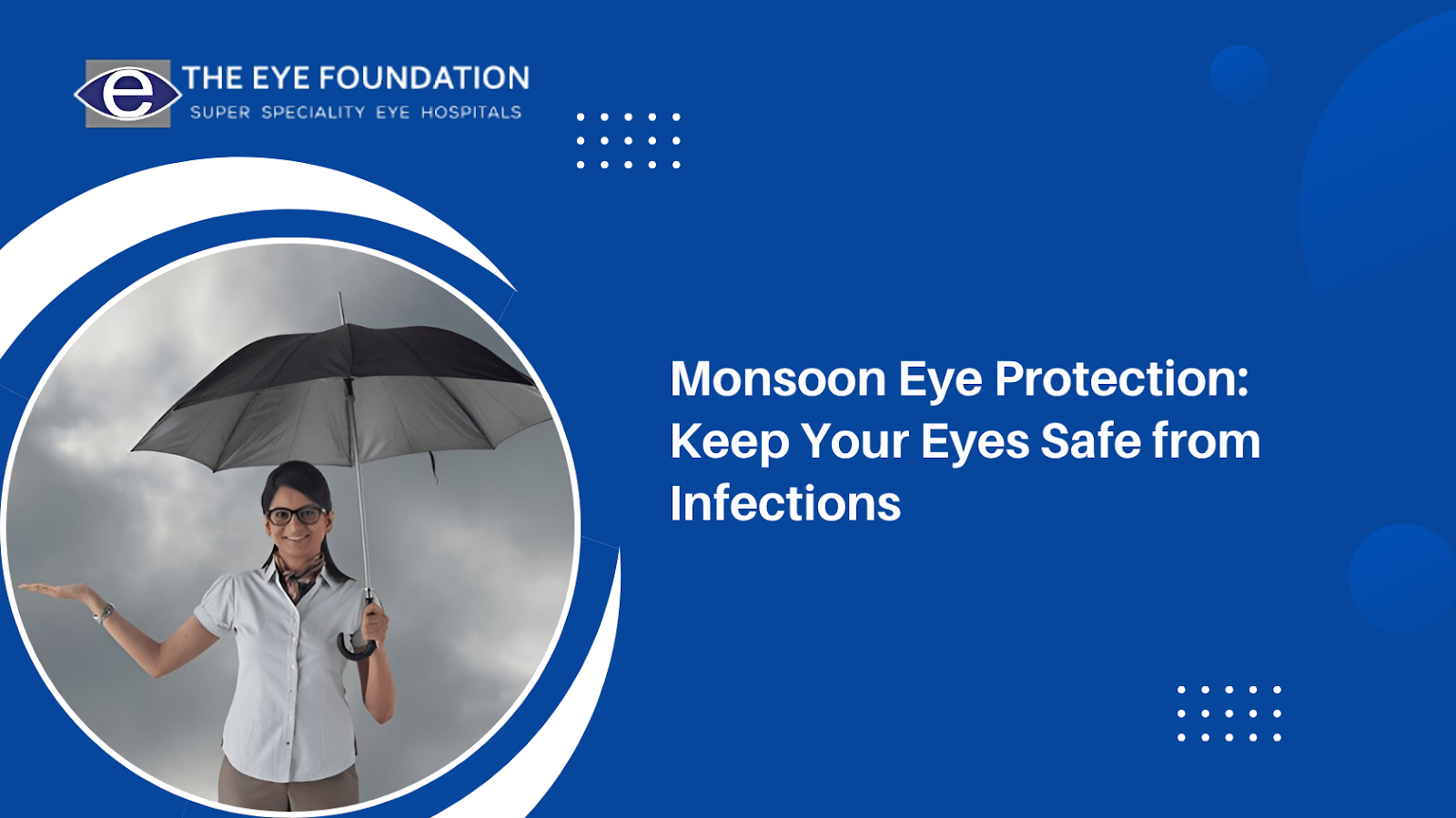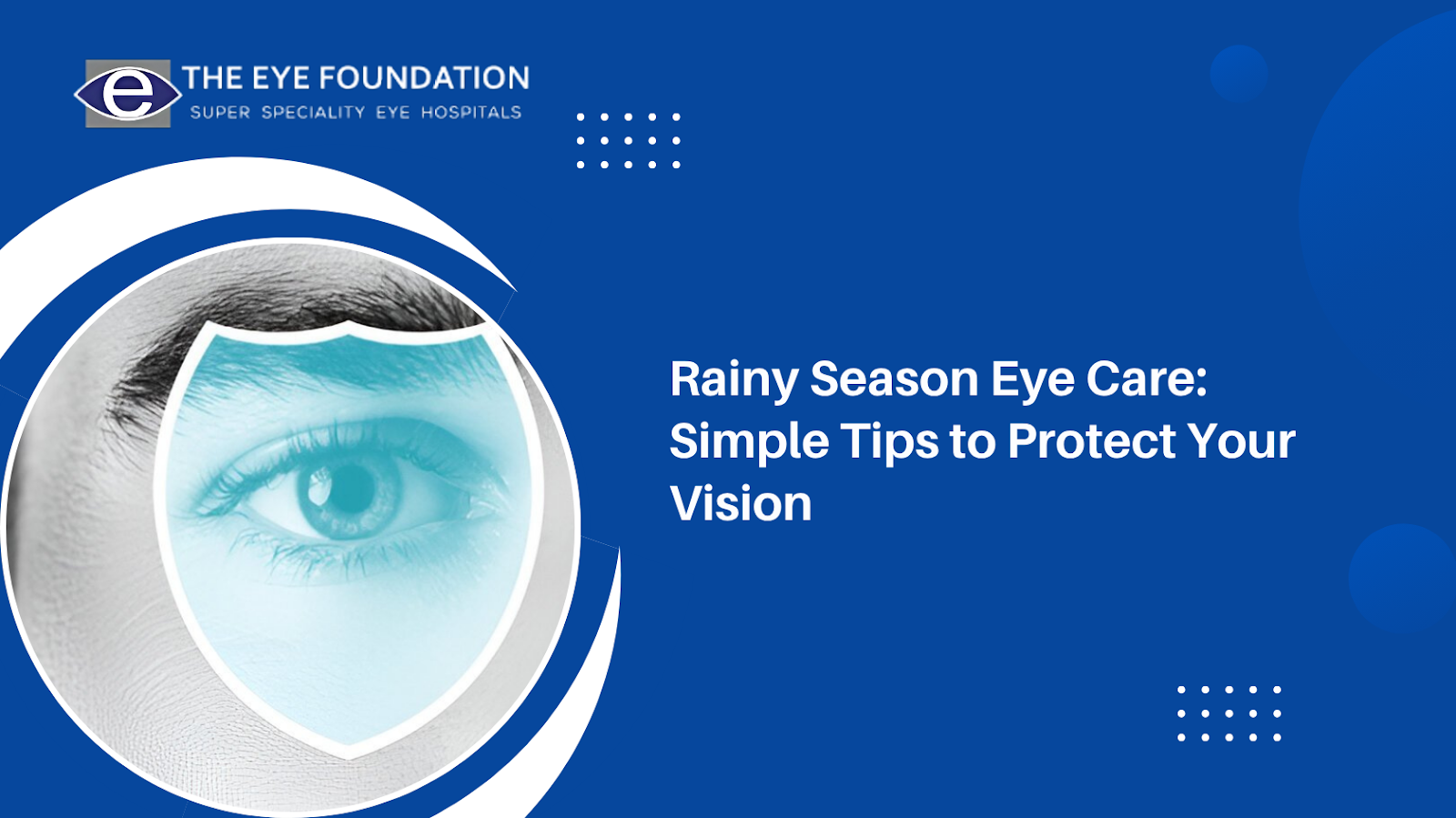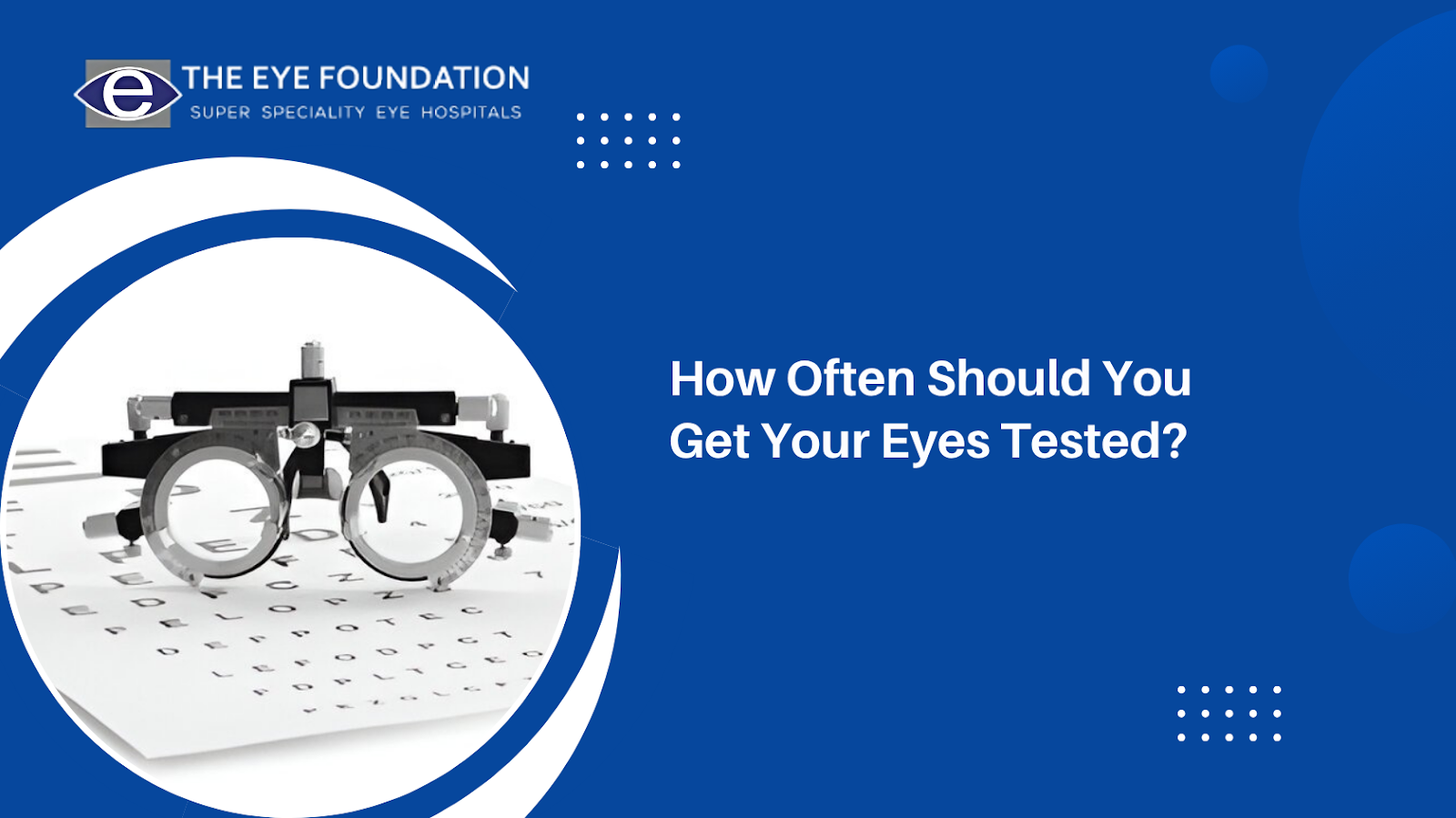Have you ever wondered why some people develop a condition that clouds their vision, making the world appear blurry and less vibrant? This condition is known as a cataract, and it's a common eye ailment that affects millions of people worldwide. In this article, we'll dive deep into the intricacies of cataracts, exploring their causes, symptoms, and available treatment options. Let's embark on a journey to better comprehend why cataracts happen and how they can be managed.
The Lens: An Essential Component of Your Vision
The Role of the Lens in Vision Clarity
To understand cataracts, it's crucial to first grasp the significance of the eye's lens in maintaining clear vision. The lens is a transparent structure situated behind the iris that helps focus light onto the retina, allowing you to perceive the world around you with clarity.
What Is a Cataract?
A cataract is essentially a clouding of the eye's natural lens, leading to blurred vision and, in severe cases, even blindness. This clouding occurs due to changes in the proteins within the lens, causing it to lose its transparency over time.
Unveiling the Causes of Cataracts
Age-Related Cataracts
The most common cause of cataracts is age. As we grow older, the proteins in our lens may undergo structural changes, resulting in the formation of cloudy areas that obstruct clear vision. This natural aging process is unavoidable, and almost everyone will develop age-related cataracts to some degree.
Lifestyle and Environmental Factors
While aging plays a significant role, various lifestyle and environmental factors can expedite cataract formation. Prolonged exposure to ultraviolet (UV) rays from the sun, smoking, and poor nutrition are among the culprits that contribute to the development of cataracts.
Recognizing the Symptoms
Gradual Vision Deterioration
One of the initial signs of a cataract is the slow deterioration of vision quality. You might notice that your vision becomes increasingly blurry, and colors appear less vibrant than before. Reading, driving, and other daily activities might become challenging.
Increased Sensitivity to Light
People with cataracts often experience heightened sensitivity to light, a condition known as photophobia. This can lead to discomfort when exposed to bright lights or sunlight.
Exploring Treatment Options
Prescription Eyewear and Magnification
In the early stages, cataract symptoms can be managed through the use of prescription eyewear, such as glasses or contact lenses. These aids help improve vision clarity and enhance your overall visual experience.
Surgical Intervention
As cataracts progress and significantly affect your quality of life, surgical intervention might become necessary. In cataract surgery, the procedure entails the removal of the cloudy lens, which is then replaced with an artificial intraocular lens . This outpatient procedure has a high success rate and can restore clear vision.






